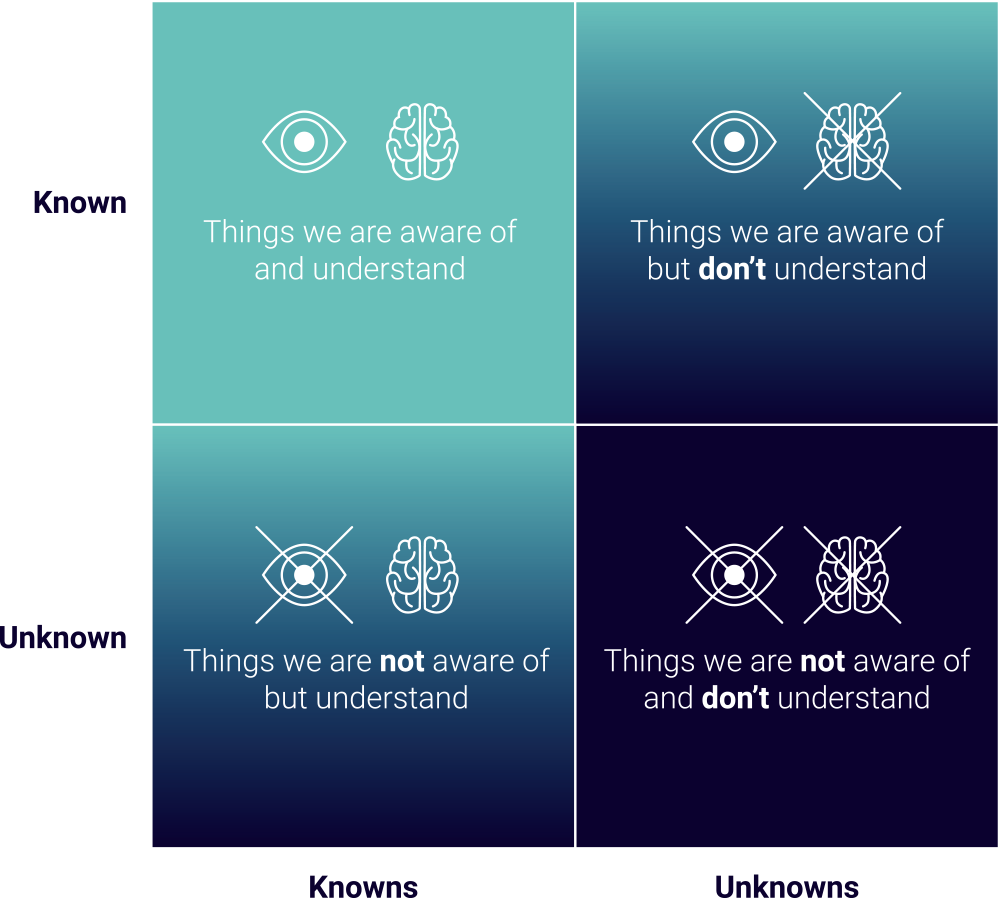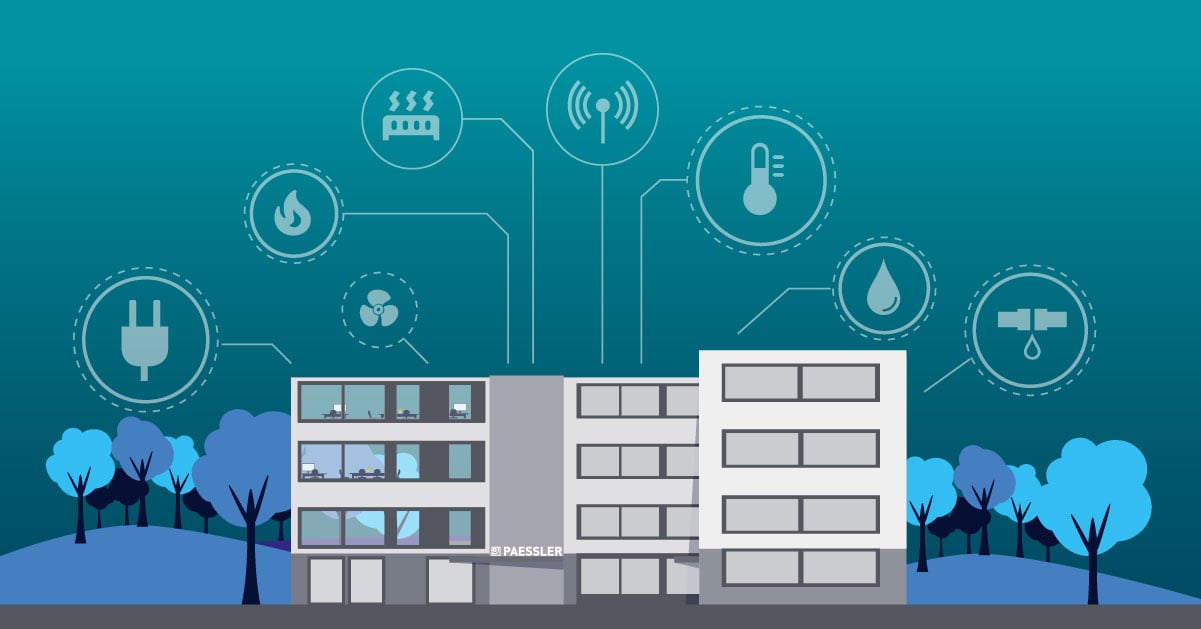In the business to business (B2B) space, the term "observability" has been trending, sparking curiosity and many questions. In this article I'll answer some of the most common of these questions. So grab a seat, and let us dive right in! 💺
For a better overview and for the pleasure of impatient readers, here is the chapter overview:
⏩ Observability vs. monitoring
⏩ Building a culture of observability
⏩ Conclusion: observing the future of business
Before we start digging deeper, let's start with what observability is.
What is observability?
What is observability, and why does it matter in the B2B context?
Observability is way more than a technical concept; it's a philosophy. In the context of B2B, observability is the ability to fully understand what's happening inside a system by examining its external outputs.
Why does this matter? In today's complex and interconnected business infrastructures, even minor issues can cause cascading problems across multiple departments and affect the entire supply chain.
Observability enables businesses to see these problems before they grow more severe, understand their root cause, and fix them proactively. It's about fostering a sense of clarity and control, giving you the ability to spot trends, anomalies, and gain insights into how everything operates.
So observability is about unlocking a new level of understanding, creating opportunities for efficiency, innovation, and growth.
Observability vs. monitoring
How is observability different from monitoring?
Observability and monitoring might seem similar at first glance, but they are fundamentally different. Monitoring is about setting predefined alerts for known problems. Think of it as having a series of warning lights that flash when specific criteria are met. It's great for catching known issues but fails to alert you about unknown problems.
Observability, on the other hand, addresses the unknown unknowns - things you are not aware of and don't necessarily understand.
It's like giving you a full dashboard with dials, gauges, and readouts that let you explore and understand the entire system, even the parts you didn't know might be a problem. It's about investigation, discovery, and learning, allowing you to ask new questions and find answers.
While monitoring tells you when something's wrong, observability helps you understand why, leading to more informed decisions and actions.

The tools of the trade
What tools are essential for implementing observability in B2B systems?
Observability doesn't rely on specific tools or vendors. It's more about a collection of methodologies and practices. It typically involves three main pillars: metrics, logs, and traces.
- Metrics provide numerical data that gives an overview of the system's performance.
- Logs provide detailed records of events, offering granular insights into specific processes.
- Traces allow you to follow a transaction or workflow through different components of the system.
Combining these three elements, businesses can create a comprehensive view of their operations, and understand how different parts interact, where bottlenecks occur, and how to optimize performance.
Implementing observability requires a mix of technology, skills, and a shift in mindset, focusing on continuous learning and adaptation.
The impact on business
How can observability improve business operations and customer experience in B2B?
As I already mentioned, observability isn't just about technology; it's about business value. By having a deep understanding of the systems and how they interact, businesses can create a smoother, more efficient operation.
For starters, it helps to identify and resolve issues faster, thus minimizing downtime and disruption. But beyond that, it offers insights into how customers are interacting with the system, what they value, and where improvements can be made.
It's about aligning technology with business goals, driving innovation, and creating a more agile, responsive organization.
Observability also fosters collaboration between teams, breaking down silos, and encouraging a more holistic view of the business. Whether it's improving product quality, enhancing service delivery, or exploring new business models - in an ideal world observability acts as a catalyst for positive change.
Building a culture of observability
How can businesses cultivate a culture of observability?
Cultivating a culture of observability needs a constantly nurtured mindset that values curiosity, collaboration, and continuous improvement. It starts with leadership embracing the idea, encouraging teams to ask questions, explore data, and think creatively.
Training is essential, ensuring that everyone understands the principles and how to apply them. But it's also about creating an environment where experimentation is encouraged, where failures are seen as opportunities to learn, and where insights are shared and celebrated.
By making observability part of the daily conversation, aligning it with business objectives, and recognizing its value, businesses can create a culture where Observability is not just a tool but a way of thinking and acting.
Cost and complexity
What about the costs and complexity associated with implementing observability?
Implementing observability can be a complex and costly affair, but it's essential to view it as an investment rather than an expense. Yes, there might be costs involved in adopting new technologies, training staff, and reengineering processes, but the value it brings can far outweigh these costs.
By providing insights into system performance, customer behavior, and operational efficiency, observability enables businesses to make more informed decisions, optimize resources, and create better products and services. It's about long-term value, delivering benefits that ripple across the organization.
The complexity of implementing observability can be managed by taking a phased approach, starting small, learning, and gradually expanding. It's about building momentum, demonstrating value, and growing confidence and capability over time.
What about security?
How does observability impact security in the B2B environment?
In the world of B2B, security is paramount, and observability plays a crucial role here. Observability enhances the visibility into system activities, allowing for early detection of suspicious behavior, vulnerabilities, or breaches.
It is much more about response than just prevention. By understanding how systems interact and behave, security teams can respond more effectively, isolating threats, mitigating damage, and learning from incidents to strengthen defenses.
Furthermore, Observability helps in compliance, providing the necessary data and insights to meet regulatory requirements. It's about building trust, demonstrating control, and ensuring that security is integrated into the fabric of the business.
Conclusion: observing the future of business
Observability is a transformation. It offers a pathway to clarity, control, and innovation. It's about embracing a new way of thinking and acting, aligning technology with business goals, and creating a more responsive, resilient organization.
Whether you're just starting on this journey or already embracing the benefits of observability, the future is bright, filled with opportunities to learn, grow, and succeed.
Rest assured that we at Paessler are following this topic very closely, and will continue to increasingly cover observability topics in the future.
Still not enough? Check out these resources!
✅ New podcast episode: Observability and avoiding survival bias
 Published by
Published by 







.jpg)






